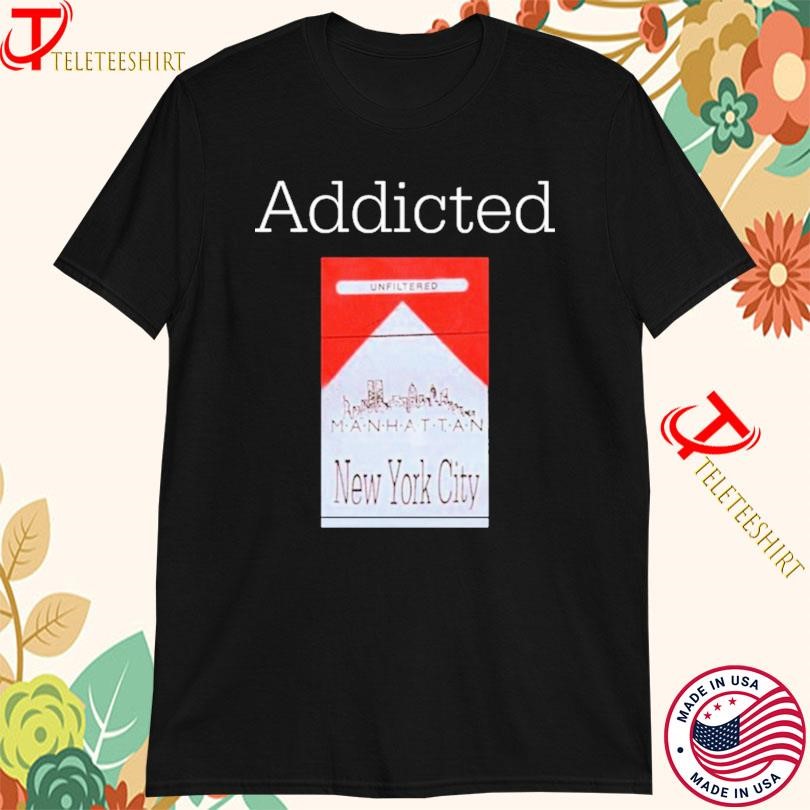The humble t-shirt, a garment so ubiquitous it’s practically invisible, holds a fascinating history and a surprising capacity for self-expression. From its utilitarian origins as undergarments to its current status as a global fashion staple and a canvas for social commentary, the t-shirt has evolved alongside societal shifts, mirroring the changing tastes and aspirations of its wearers. Its simplicity, however, belies a complexity born from its versatility. Consider the myriad fabrics, cuts, and designs that adorn the modern t-shirt market. Each variation offers a unique way to communicate, whether through brand affiliation, artistic statement, or simply a comfortable choice for a casual day.
3.17 T-shirts: get your official shirt now
The journey of the t-shirt from functional undergarment to a mainstream fashion piece is a testament to its adaptability. Originally developed in the early 20th century, it gained prominence during World War I as a practical and easily washable garment for soldiers. The “T” shape, essential to its design, provided both ease of movement and economical construction. After the war, its popularity spread beyond the military as the affordability and comfort of the t-shirt became widely appreciated. This popularity was further fueled by Hollywood stars who popularized the shirt, catapulting it into the realm of casual fashion, solidifying its appeal and expanding its role in self-expression.

Fabric choice dictates the feel and performance of the shirt. Cotton, the traditional standard, offers breathability and softness. The various grades of cotton such as Pima and Egyptian are popular for their softness and durability. Synthetic fabrics like polyester provide moisture-wicking properties, making them ideal for athletic wear. Blends, combining cotton with materials such as polyester or rayon, offer the best of both worlds, providing a balance of comfort, durability, and functionality. The choice of fabric also influences the shirt’s drape and printing capabilities, adding another layer of complexity to its overall design.

Beyond fabric, the cut of a t-shirt significantly impacts its fit and style. The classic crew neck, with its round neckline, remains a timeless staple. V-necks offer a more open look, while scoop necks provide a softer, more feminine silhouette. Slim-fit t-shirts hug the body, highlighting the wearer’s physique, while relaxed-fit options prioritize comfort and a looser style. The length, sleeve length, and overall shape all contribute to the final aesthetic, allowing for individual expression and catering to diverse tastes and body types. This variety is a key reason that the shirt has grown to be so popular.











Reviews
There are no reviews yet.